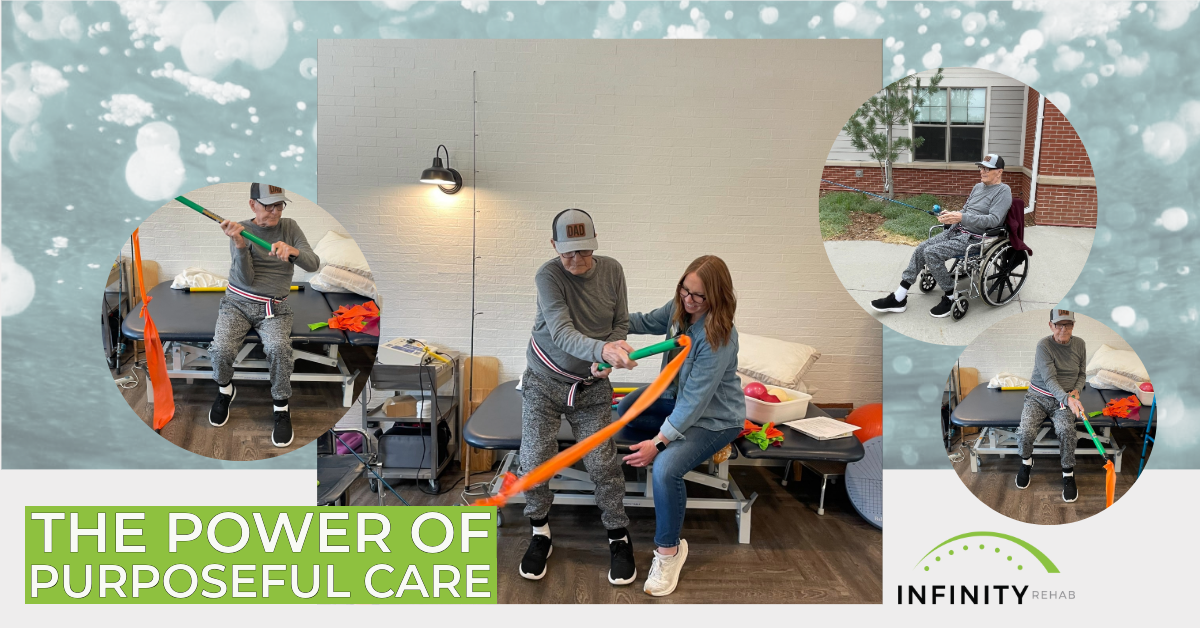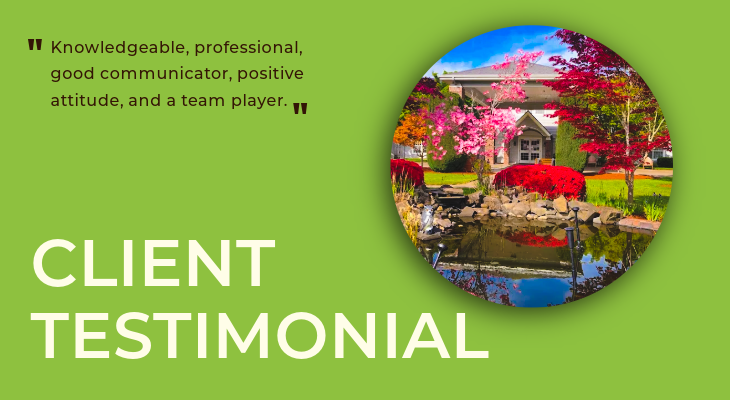Mike Wylie is a Physical Therapist and Senior Director of Rehab with Infinity Rehab. He has been with Infinity Rehab for over six years. He works primarily at Good Samaritan Society-Stafholt in Blaine, Washington. He is the Director of Rehab there as well at nearby Avamere Bellingham Healthcare and Rehabilitation Services in Bellingham, Washington.
In part two of the series, Mike continues to share his experience at Stafholt amidst an outbreak of COVID 19. Here he shares the implementa
tions and goals he set for patients based on Infinity Rehab’s Clinical Model, as well as a heartfelt story about one patient.
***
Chaos amidst the COVID-19 pandemic
Things were chaotic when COVID-19 hit my facility. In these circumstances, it was definitely reassuring for the patients and myself to have the structure of our Clinical Model to prescribe the aerobic and strengthening intensities of my interventions. I started with the light heart rate training zone, incorporating tasks like helping a patient roll in bed, sit up on the edge of the bed, hopefully some sit-to-stands, and maybe even a transfer or two if the patient could tolerate it. I monitored vitals frequently to guide my intensity per the Clinical Model, frequently reported my findings to our medical team, who used my findings to support changes to my patients’ blood pressure or pain medication dosages administration times.
One of the things I appreciated most about the Clinical Model is that I knew I was working with my patients at a level that was considered safe based on best evidence. This not only provided a basis for increasing the intensity as able, but it also provided the basis for the medical team to authorize me to exceed those general guidelines on a case-by-case basis, so I always felt confident.
Initial goals
My initial goals were to get a good respiratory response to help clear lung secretions to decrease the risk of secondary pneumonia or promote frequent light mobilization to prevent a DVT. I also really wanted to help the facility staff understand how aggressive they could be to safely mobilize the patients to better leverage my impact by showing them what they could do when I wasn’t there. Our facility staff want to help our patients get better too, so they were happy to help get the patients moving and appreciated the activity guidelines I provided. In turn, I tried to help them out as much as possible by doing things like trying to hydrate my patients during every rest period (sometimes only 5cc at a time). I’m sure you get the idea.
The thing is, before COVID-19 I had come to realize the Clinical Model helped me improve the rehabilitation outcomes of my patients, but with the COVID-19 pandemic, the Clinical Model helped me to also safely deliver the most appropriate intensity of therapy intervention to patients functioning at the lowest level just to help them SURVIVE. As they medically stabilized, we were able to advance the intensity of their rehabilitation as quickly as possible.
How Infinity’s Clinical Model achieved better outcomes
As a therapist, the Clinical Model has helped me achieve better outcomes for my patients than I otherwise would have; my patients work at a more appropriate intensity at tasks that are more effective so they get stronger faster, they upgrade faster, they meet their goals faster, and they go home with a better understanding of their disease process so they manage their health better. Ultimately, their quality of life is better and they should be at a lower risk of readmittance to the hospital.
But what we do as therapists really impacts so much more than our patients and their families. The facilities we work in heavily depend on us for our patients’ success, and the Clinical Model also helps the facilities we work in be more competitive while also promoting the goals of the Center for Medicare and Medicaid Services’ objectives to “improve the experience of healthcare, improve the health of populations, and reduce the per capita costs of healthcare.”
As our industry continues to adapt to pressures that have decimated our inpatient rehabilitation census, there is much more competition for a much smaller number of patients. Insurance companies and hospital groups are looking for the best short-term and long-term outcomes for their clients and as a therapist (and former administrator), I feel the same way. I definitely recognize that our Clinical Model is designed to deliver those short-term and long-term outcomes that optimize the health and wellness of the communities we live in.
God bless you, I thought I was a goner
I want to conclude by sharing one of my most memorable COVID-19 experiences that sums up how I feel about our Clinical Model. One of my patients suffering from COVID-19 has been a patient of mine off and on for a long time. The first time I saw him in bed after being diagnosed with COVID-19, he was lying in bed, he appeared exhausted and completely defeated. We started with light activity tasks to keep him at a low HR training level, followed by rest and monitoring vitals, giving him some water (once he was sitting up) and repeating. He eventually stood up with a walker and took a couple steps, coughing up secretions periodically to clear his lungs, which was exactly what I wanted to see. It was so remarkable to watch the change in his demeanor in response to the activities I had him perform.
When I first walked into his room, he was defeated and hopeless; by the time I left, he smiled, thanked me and said, “God bless you, I thought I was a goner.” He ke
pt getting stronger and became able to tolerate a higher intensity, especially with the help of the nursing staff working with him the other 23 hours a day. Thankfully, he made a full recovery and was discharged.
I keep thinking of that first session and how great I felt after what he said to me. I also think about how confident I was having the guidelines of the Clinical Model to help me “hit a bullseye” with the intensity of our workouts so he could get moving and clear his lungs while avoiding perilous consequences of working him beyond his tolerance. So yes, I “trust the math” of our Clinical Model.
On another personal note, my mom lives in a nursing home too. If she ever gets sick, I hope her therapy team is using a Clinical Model as good as ours.
To read Mike’s first article, click here.







